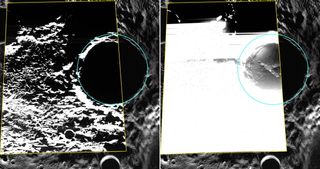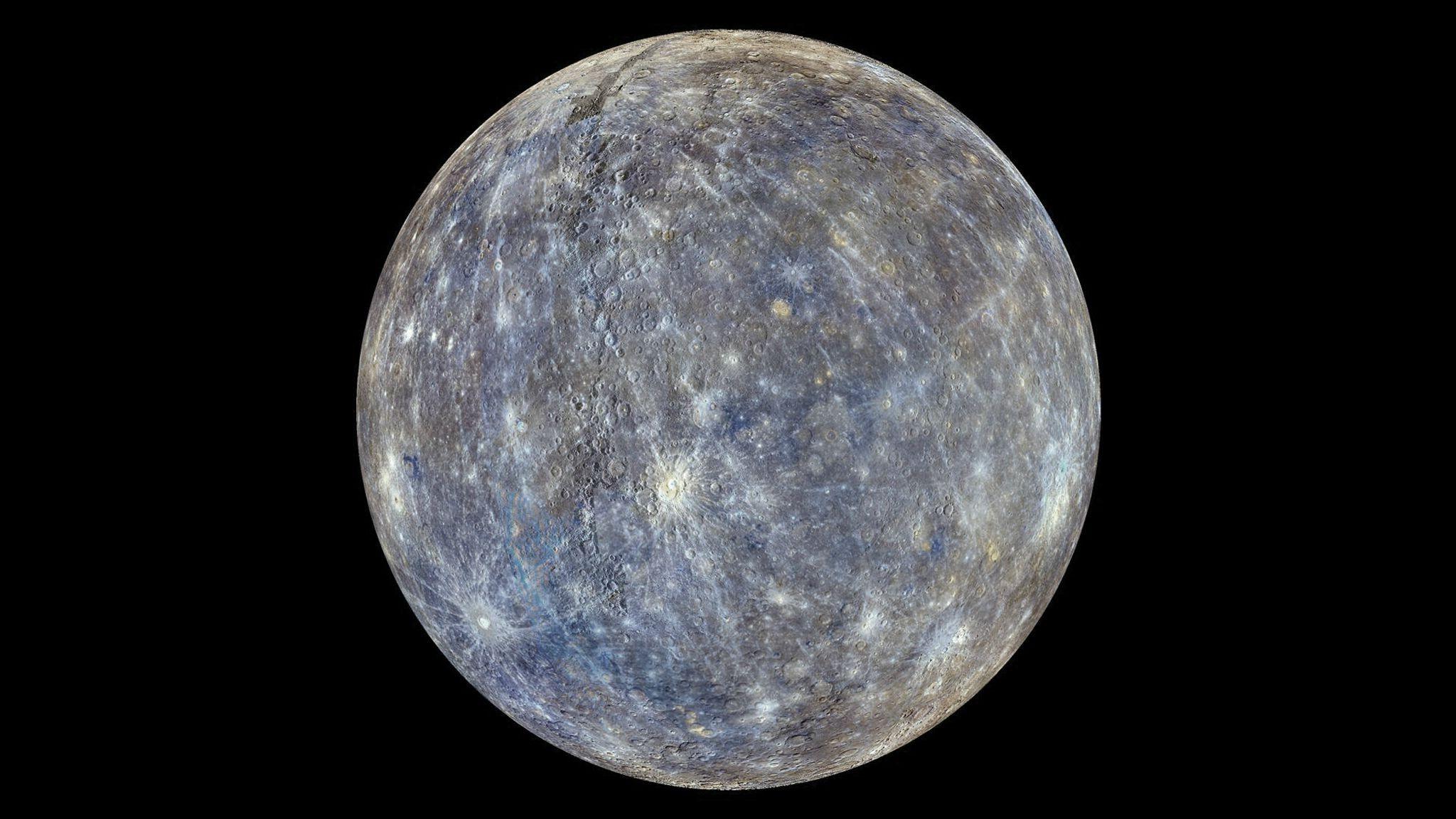Mercury
Mercury is the closest to the sun and first, no moon, terrestrial planet and smallest planet of solar system. it revolve the sun faster than all the other planets, which is why Romans named it after their swift-footed messenger god.The Sumerians also knew of Mercury since at least 5,000 years ago. It was often associated with Nabu, the god of writing. Mercury was also given separate names for its appearance as both a morning star and as an evening star. Greek astronomers knew, however, that the two names referred to the same body, and Heraclitus, around 500 B.C., correctly thought that both Mercury and Venus orbited the sun, not Earth.
NASA's MESSENGER spacecraft orbited Mercury for more than four years. this spacecraft is launch by Delta 7925H And it 1,107.9 kilograms Among its accomplishments, the mission determined Mercury’s surface composition, revealed its geological history, discovered details about its internal magnetic field, and verified its polar deposits are dominantly water-ice. The mission ended when MESSENGER slammed into Mercury’s surface
Because nearer planet to sun it surface temperature reach up to 450 degree C
The day side of the planet reaches temperatures of up to 800 degrees Fahrenheit (427 degrees Celsius). In contrast, the chilly night side can get as cold as minus 290 F (minus 180 C). The planet has an average temperature of 332 F (167 C).
Mercury's diameter is 3,030 miles (4,878 km), comparable to the size of the continental United States. This makes it about two-fifths the size of Earth. It is smaller than Jupiter's moon Ganymede and Saturn's moon Titan.
As close to the sun as Mercury is, in 2012, NASA's MESSENGER spacecraft discovered water ice in the craters around its north pole, where regions may be permanently shaded from the heat of the sun. The southern pole may also contain icy pockets, but MESSENGER's orbit did not allow scientists to probe the area. Comets or meteorites may have delivered ice there, or water vapor may have out gassed from the planet's interior and frozen out at the poles.

Mercury is the second densest planet after Earth, with a huge metallic core roughly 2,200 to 2,400 miles (3,600 to 3,800 km) wide, or about 75 percent of the planet's diameter. In comparison, Mercury's outer shell is only 300 to 400 miles (500 to 600 km) thick.
In addition, in the past, Mercury's surface was constantly reshaped by volcanic activity. However, another 2016 study suggested Mercury's volcano eruptions likely ended about 3.5 billion years ago.
Mercury speeds around the sun every 88 Earth days, traveling through
space at nearly 112,000 mph (180,000 km/h), faster than any other
planet. Its oval-shaped orbit is highly elliptical, taking Mercury as
close as 29 million miles (47 million km) and as far as 43 million miles
(70 million km) from the sun. If one could stand on Mercury when it is
nearest to the sun, it would appear more than three times as large as it
does when viewed from Earth.
Orbit & rotation
Average distance from the sun: 35,983,095 miles (57,909,175 km). By comparison: 0.38 Earth's distance from the sun.
Perihelion (closest approach to sun): 28,580,000 miles (46,000,000 km). By comparison: 0.313 times that of Earth
Aphelion (farthest distance from sun): 43,380,000 miles (69,820,000 km). By comparison: 0.459 times that of Earth
Length of day: 58.646 Earth-days
Composition & structure
Atmospheric composition (by volume):
According to NASA, the atmosphere of Mercury is a "surface-bound exosphere, essentially a vacuum." It contains 42 percent oxygen, 29 percent sodium, 22 percent hydrogen, 6 percent helium, 0.5 percent potassium, with possible trace amounts of argon, carbon dioxide, water, nitrogen, xenon, krypton and neon.
Magnetic field: Roughly 1 percent the strength of Earth's.
Internal structure: Iron core roughly 2,200 to 2,400 miles (3,600 to 3,800 km) wide. Outer silicate shell about 300 to 400 miles (500 to 600 km) thick.
To know more about it- https://www.space.com/36-mercury-the-suns-closest-planetary-neighbor.html


Kutta
ReplyDelete